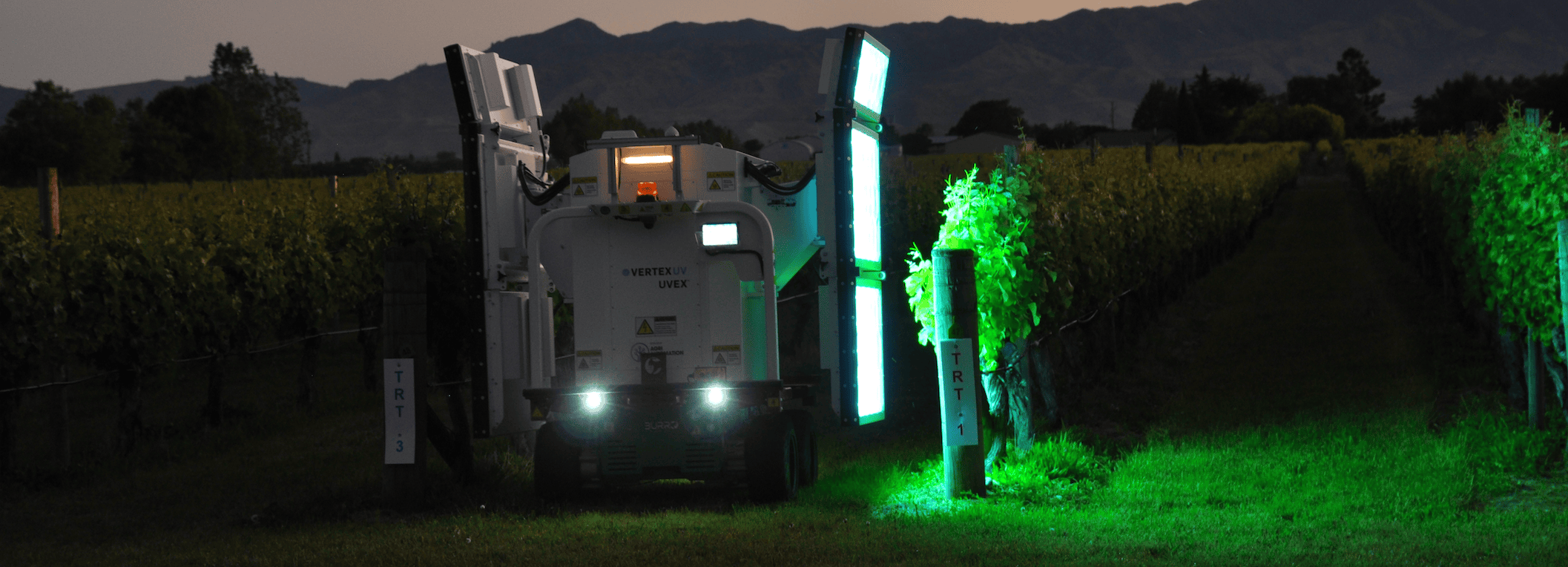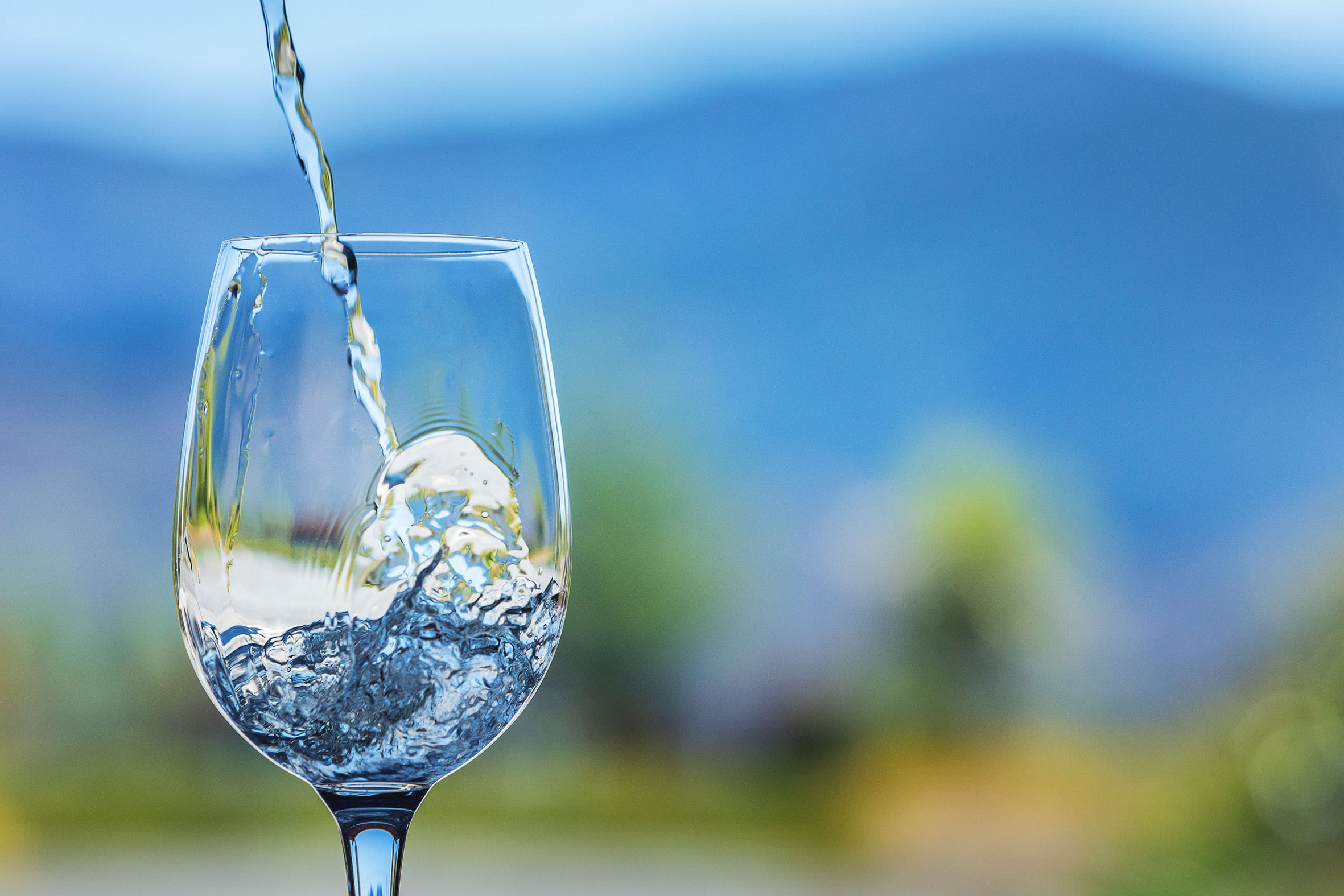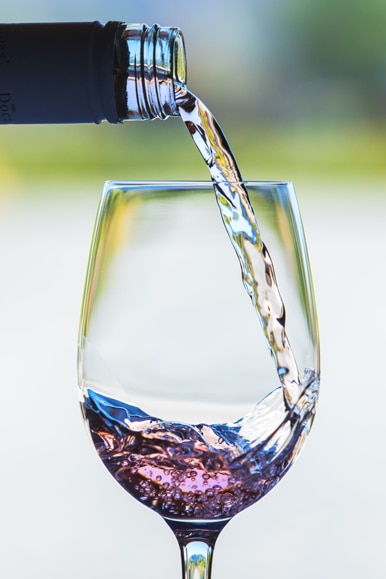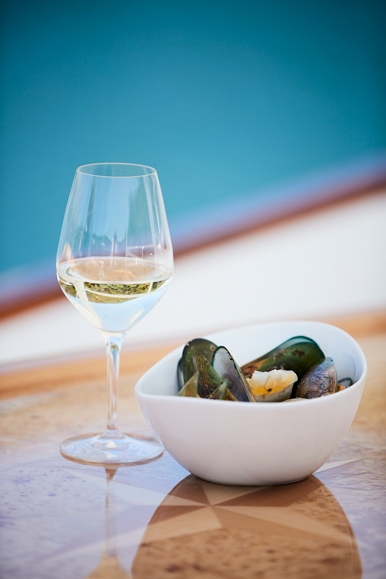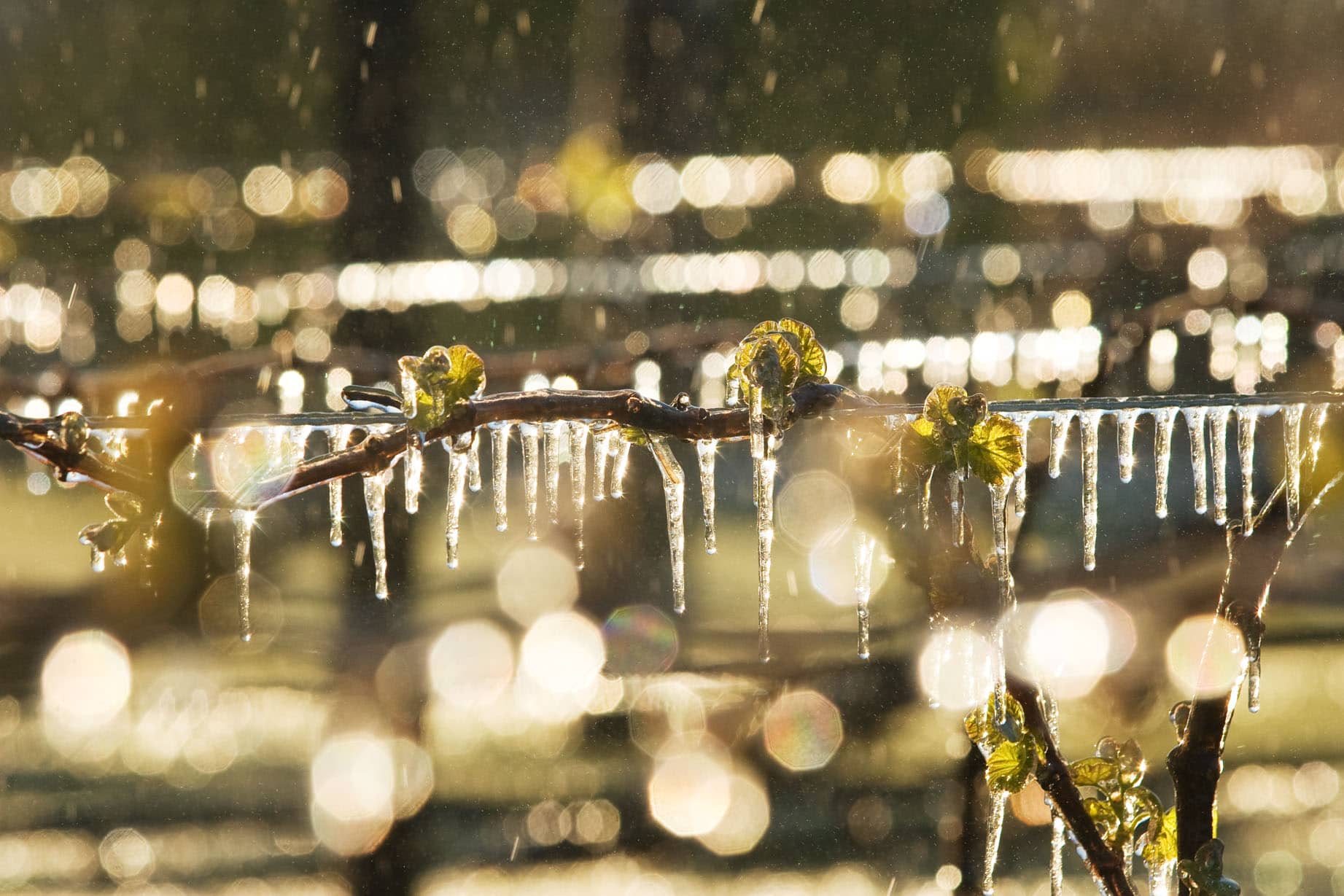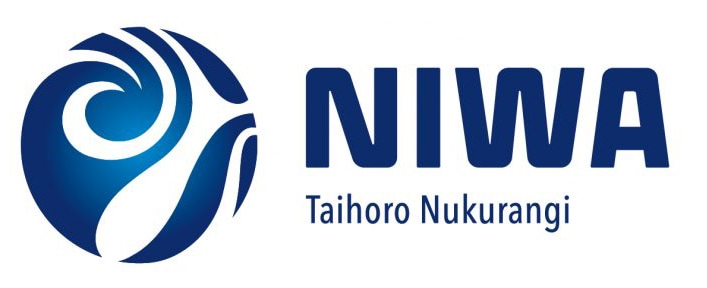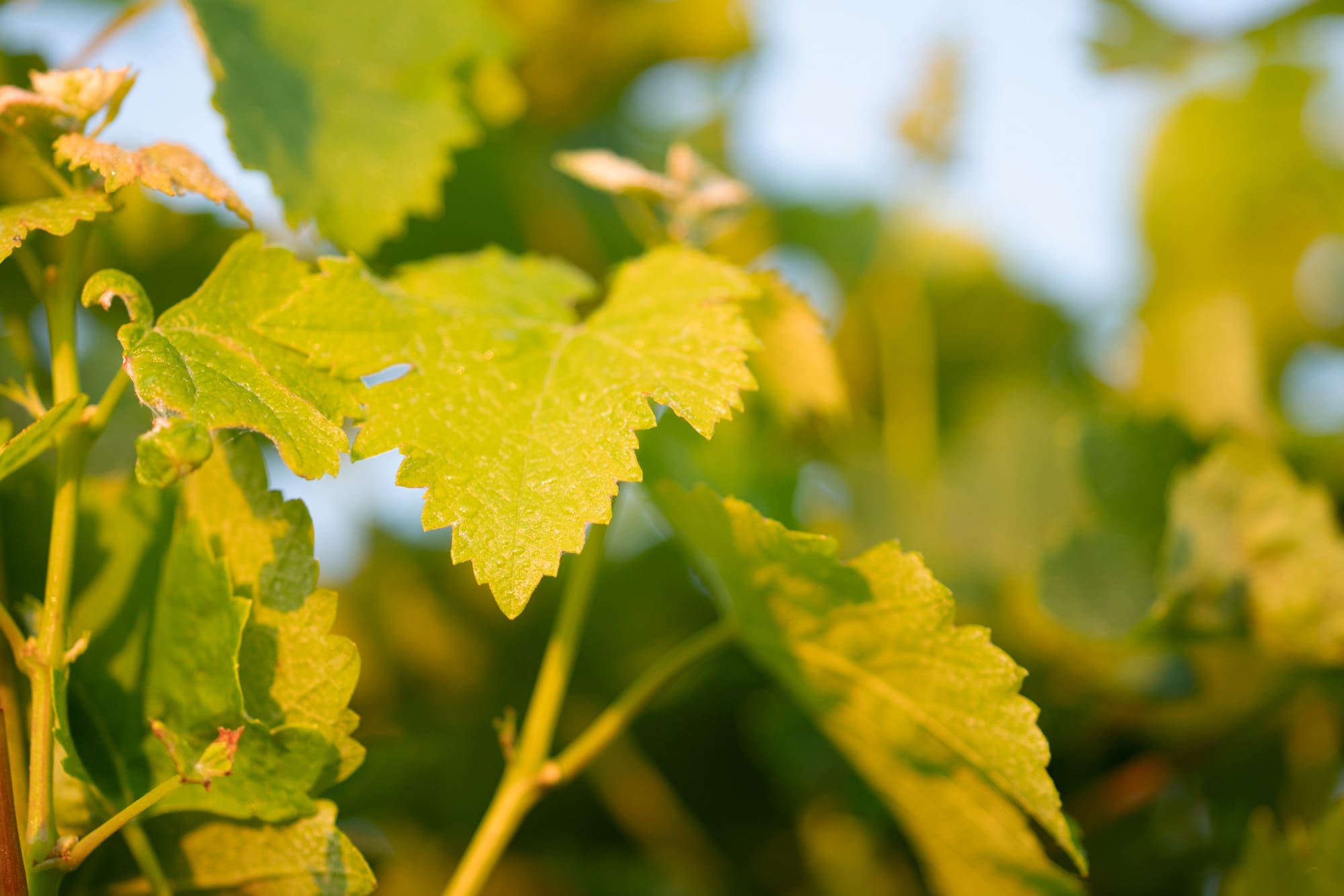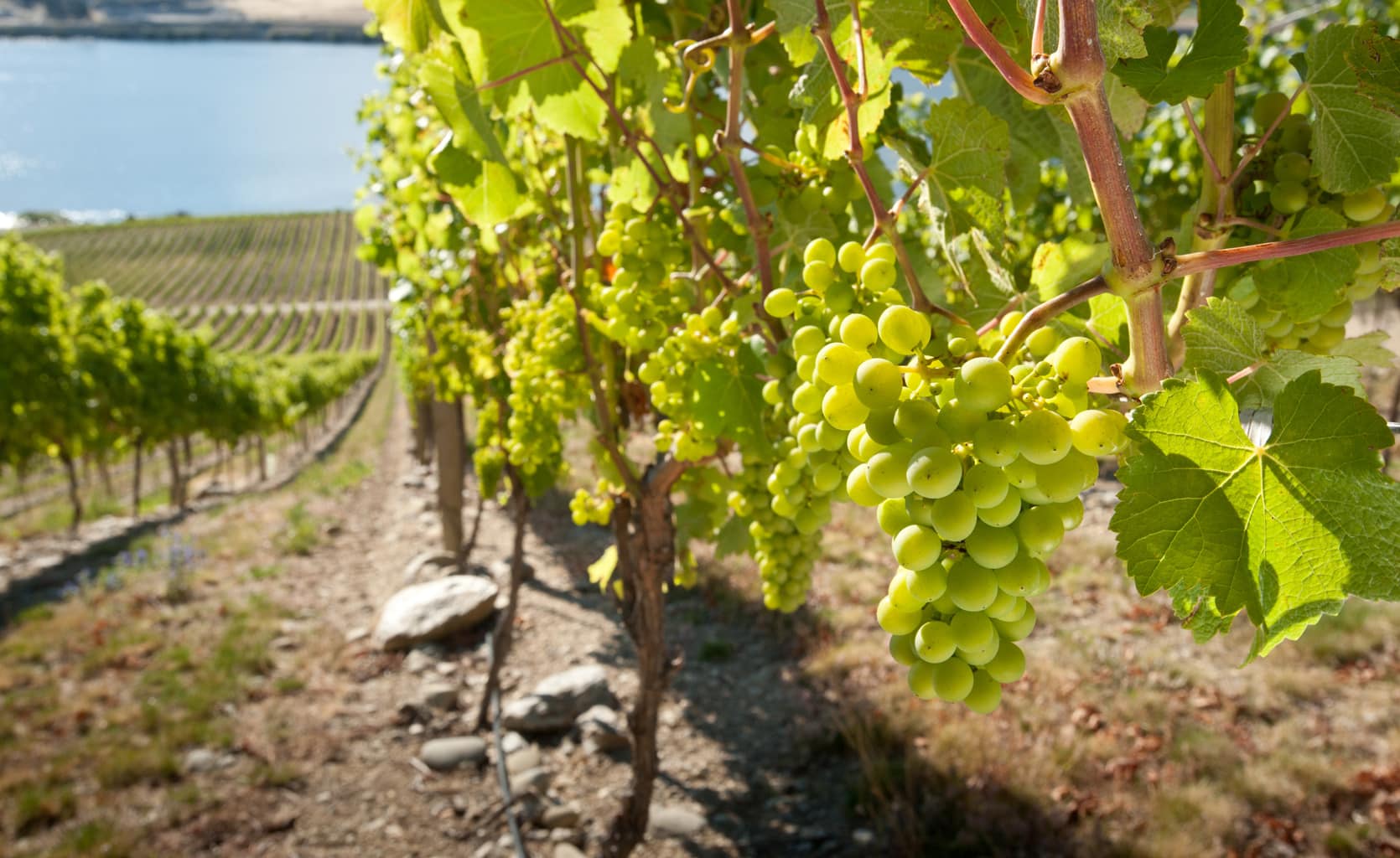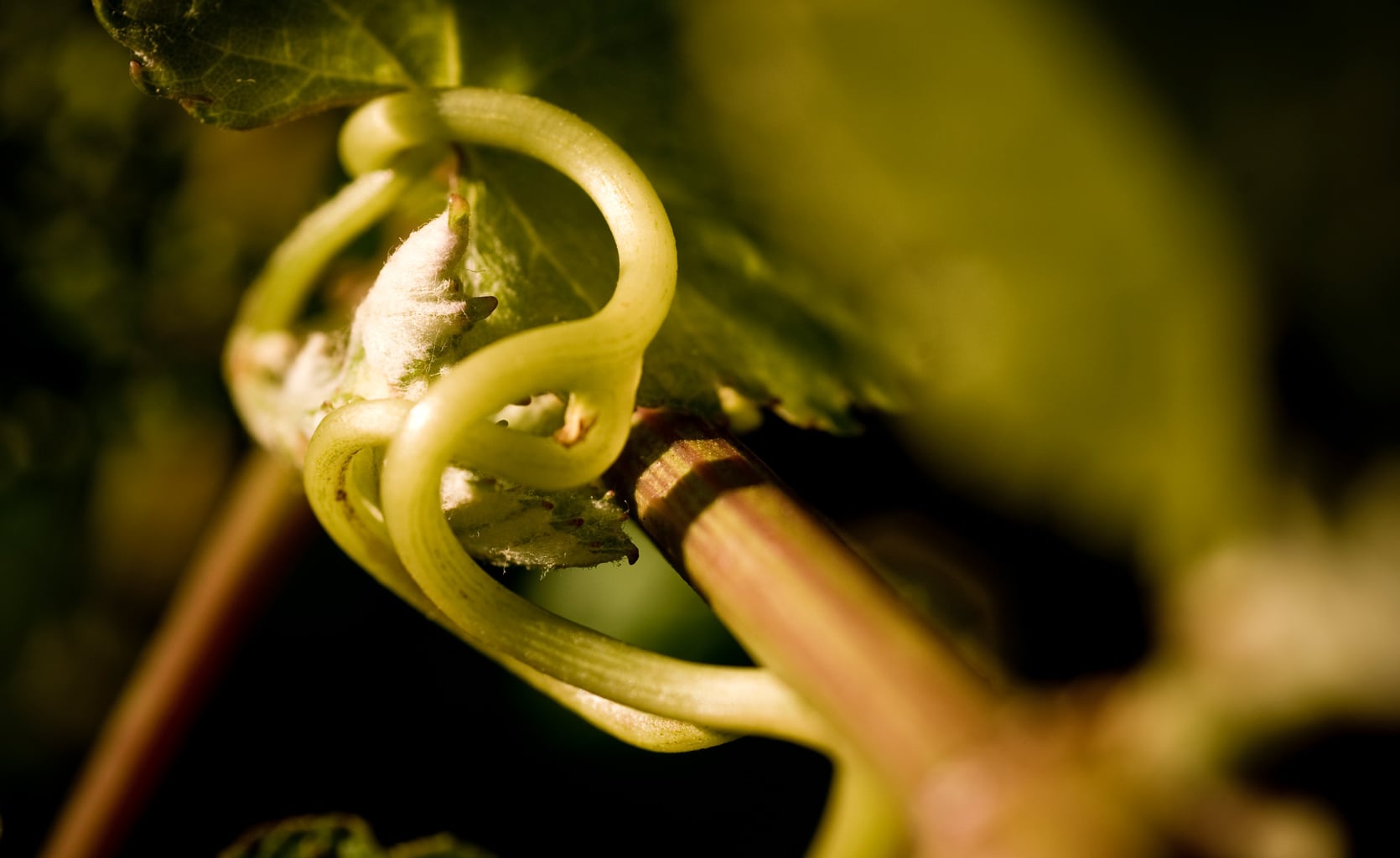Dr Paul Epee, Chris Ireland, Dr Fang Gou, Robert Winup, Ross Wise MW – Bragato Research Institute
The need for alternatives
The side effects of agricultural pesticides, particularly fungicides, are well documented and widely known. Synthetic fungicides pose serious threats to biodiversity and are toxic to both the environment and operators. When the same active ingredient is repeatedly used over time, the development of resistance is inevitable. Moreover, the application of fungicides in vineyards consumes fuel and releases greenhouse gases, contributing to climate change.
The use of fungicides across New Zealand continues to rise as more land is converted into vineyards. In 2025, vineyard area reached 42,200 hectares, up from 36,600ha in 2018. Over the same period, the quantity of fungicides sprayed for powdery mildew alone increased from 1,600 tonnes to over 1,900 tonnes in 2025, with a record high of nearly 2,000 tonnes in 2023. Finding and adopting non-chemical alternatives would significantly contribute to curbing these trends, and UV-C light (or ultraviolet type C light) appears to be one such option.
UV-C light is a promising alternative to synthetic fungicides for several reasons. One reason is that the mechanism through which UV-C light kills pathogenic fungi is unique. When exposed to UV-C light at the appropriate irradiance dose and wavelength, UV radiation damages the DNA molecule, destroying its reproductive ability. The cell is capable of repairing this alteration upon exposure to sunlight; however, its ability to do so is significantly diminished if kept in darkness for more than four hours. UV-C light also offers additional benefits, for example it does not leave residues on harvested grapes and final wine; it potentially presents a lower risk to the environment and human operators; it can be applied under a wide range of weather conditions, such as wind, rain, frost or cold days; and it is deployable remotely and autonomously on light electric vehicles. Considering these benefits and the potential for reducing the quantity of fungicides sprayed in vineyards, Bragato Research Institute partnered with A Lighter Touch (ALT), Whitehaven Wines, and Agri Automation on a project to evaluate the efficacy of UV-C light in controlling powdery mildew in New Zealand vineyards.
Objective of the trial
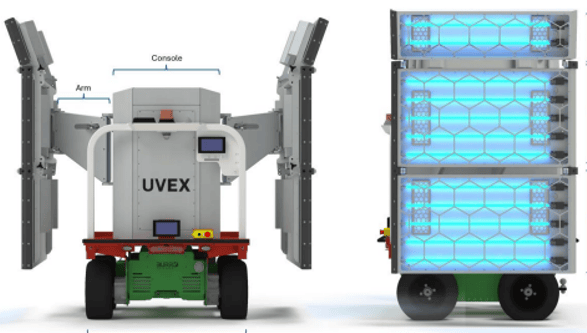
Figure 1 .Grapevine UVEX
The UV-C efficacy trial will be conducted in a commercial vineyard over two growing seasons, starting in September 2024. It aims to achieve three main goals: (1) demonstrate the potential of UV-C light in reducing by half the quantities of fungicide applications for the control of powdery mildew on Marlborough Sauvignon Blanc; (2) evaluate the effects of UV-C treated grape bunches on fermentation, wine chemical composition and wine quality; and (3) develop grower resources to support effective change in vineyard practices.
Material and methods
Vineyard location
The efficacy trial was conducted on a commercial vineyard block located in Rapaura, near the Wairau River and approximately 10 km north-west of Blenheim, Marlborough. The vineyard lies on alluvial floodplain terrain, composed of free-draining gravels and silt loams. The area benefits from a warm, sunny maritime climate with significant diurnal temperature variation. The vineyard block is drip-irrigated and planted in Sauvignon Blanc with vine and row spacings of 1.8m and 2.7m respectively. It is oriented north-south and four cane pruned on a VSP (Vertical Shoot Positioning) trellis system.
Treatment description
UV-C light was applied alone and in alternation with fungicides, and both were compared to the grower’s standard fungicide programme. The following six treatments were evaluated (Table 1): UV-C application every five days (UV5), every 10 days (UV10) and every 15 days (UV15), grower’s standard fungicide programme with a 10-day return (GS10), grower’s standard fungicide programme with a 20-day return (GS20), and alternating sulphur with UV-C every 10 days (UVGS). Each treatment was applied in two adjacent rows, replicated four times, in a statistically randomised design. The total trial size consisted of 48 rows, each 180m long.
The Grapevine UVEX
The robot used to apply UV-C light, the Grapevine UVEX (Figure 1), consisted of a console with two articulated arms, each carrying a vertical panel of twelve 200-watt lamps that emitted UV-C light. The console was resting on an autonomous vehicle platform known as the Burro Grande. The Burro Grande featured a suite of sensors, including Lidar, high-precision GPS or RTK, and four stereo cameras, for remote and autonomous vineyard navigation. The grapevine UVEX was travelling at a ground speed of 1.5m/s (5.4km/h), delivering approximately 140W/m2 at the surface of the vine canopy and an irradiance dose of about 120 J/m2. The first UV-C applications occurred after sundown, starting on 14 November 2024, when inflorescences were well developed, and ended on 4 March 2025, when berries reached an intermediate ripeness.
Powdery mildew scoring
Powdery mildew was assessed on leaves at two time points: at pre-bunch closure on 6 January and at veraison (when berries change colour and begin to soften) on 3 February 2025. One hundred leaves were randomly collected from each vine row (50 on each side) across the four replicates at each time point. In all, 9,600 leaves were sampled and scored for powdery mildew incidence and severity.
Powdery mildew was also assessed on grape bunches at three time points: first, at pre-bunch closure on 6 January, at veraison (when berries change colour and begin to soften) on 3 February 2025, and at harvest on 17 March 2025. Fifty bunches were randomly sampled from each vine row (25 on each side) across the four replicates at each time point. In all, 7,200 bunches were sampled and scored for powdery mildew incidence and severity.
Powdery mildew incidence was obtained by counting the number of symptomatic leaves or bunches out of all those sampled, and severity was the proportion of the leaf or bunch covered with the symptoms.
Results
UV-C efficacy on leaf powdery mildew
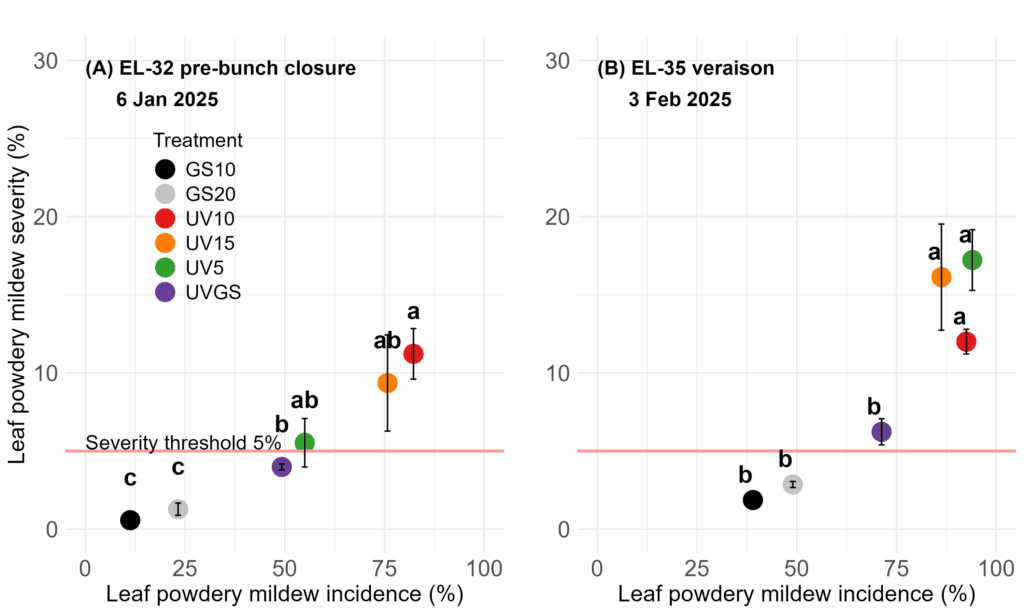
Figure 2
Application of UV-C alone every five days (UV5) and in alternation with fungicide every 10 days (UVGS) maintained powdery mildew severity at or below the 5% severity threshold up to pre-bunch closure (Figure 2-A). This threshold is the wine industry benchmark for most fungal disease assessment and grape quality, with values above the threshold considered unacceptable. At veraison (Figure 2-B), the UVGS treatment was near the threshold, indicating an acceptable level of control, whereas the other UV treatments (UV5, UV10, and UV15) reached significantly higher severities.
Interestingly, the standard fungicide application every 10 and 20 days (GS10 and GS20) showed similar levels of control on leaves, revealing there was room to optimise the fungicide programme by reducing the number of sprays. Overall, UV10 and UV15 did not effectively control powdery mildew on leaves at a level comparable to the standard fungicide programme.
UV-C efficacy on grape powdery mildew
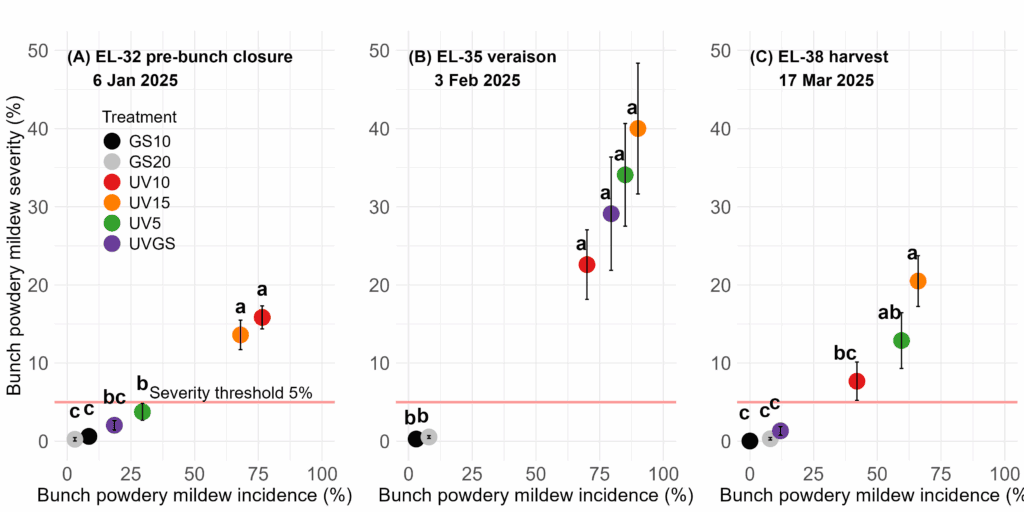
Figure 3
At the pre-bunch closure assessment, UV5 and UVGS performed well, keeping powdery mildew infection below the 5% severity threshold, whereas UV10 and UV15 did not (Figure 3-A). As the disease continued to spread rapidly on UV10 and UV15 treatments, the decision was made to intervene. On 13 January, fish oil was applied, and going forward, the standard fungicide programme with a 10-day return period was implemented. Additionally, UV-C application frequency was increased to twice weekly (i.e. every three days). These modifications to the original trial plan were warranted to preserve the fruit and limit inoculum buildup in the vineyard.
During the second assessment at veraison, challenges were encountered in accurately evaluating the disease. The skin of UV-C-treated berries showed dead fungal tissue marks (Figure 4), unlike the completely clean skin of fungicide-treated berries. Such berries were inappropriately scored as diseased. As a result of this decision, the four UV-C treatments exhibited higher disease severity in the second assessment (Figure 3-B). However, the scoring methodology was reviewed, whereby dead fungal tissues on berries were no longer treated as live powdery mildew infections. This reviewed methodology was applied in the third assessment at harvest.
Only three fungicide treatments (UVGS, GS10 and GS20) proved effective in controlling grape bunch powdery mildew (Figure 3-C). UV5 showed some potential in controlling the disease, although at a level below the standard fungicide programme. This result may indicate that the efficacy of UV-C light might improve with increased frequency, irradiance dose, penetration and coverage.
Since UVGS and GS20 showed similar levels of control over the season, except for the artefact at veraison on bunches, it is difficult to ascertain the contribution of UV-C light in the performance of the UVGS treatment. Moreover, GS20 consisted mainly of complex fungicide active ingredients, whereas UVGS was primarily composed of sulphur and UV-C alternating every 10 days (Table 1). Therefore, further research is required to elucidate the synergistic effects and potential benefits of combining UV-C with fungicides.

Figure 4
Next steps
Results obtained during the first season indicate that UV-C light has potential in controlling powdery mildew on Sauvignon Blanc, but improvements are needed to enhance its efficacy in suppressing the disease. These improvements include adjusting the irradiance dose and application frequency, as well as redesigning the grapevine UVEX.
The control of powdery mildew was poor at lower application frequencies (every 10 and 15 days), but moderate at the frequency of every five days. Increasing the frequency even further, to twice weekly (or every three days), together with a higher irradiance dose (200 J/m2), could yield better results. Published research indicates that an irradiance dose of 200J/m2 twice weekly suppressed powdery mildew on Chardonnay grapevines. Irradiance dose can be adjusted either by increasing the energy output of the UVEX lamps or reducing the ground speed of the robot.
The Grapevine UVEX could be redesigned for enhanced canopy coverage, penetration and operator safety. By replacing the panels with a tunnel-like arch frame, both sides of the vine canopy will be exposed to UV-C radiations simultaneously, allowing them to pass through and reach its internal parts, especially on dense Sauvignon Blanc canopies. Moreover, this redesign will provide a protective shield to UV-C and prevent operator exposure.
Combinations of UV-C with fungicide will be further investigated: (1) fungicide application of complex active ingredients at four critical time points of the season supplemented with UV-C light; and/or (2) application of low environmental impact fungicides such as sulphur in alternation with UV-C throughout the season. Either of these combinations is anticipated to make a significant difference in reducing the amount of fungicide by half or more.
Powdery mildew scoring will be conducted more often and at regular intervals (fortnightly or every three weeks) to track disease progression over time. The scoring procedure might also be reviewed to score dead and live powdery on leaves and bunches separately.
Key takeaways
Results of the first year of the UV-C efficacy trial revealed that weekly applications (every five days) of UV-C light alone at the dose of approximately 120 J/m2 effectively controlled powdery mildew on Sauvignon Blanc up to pre-bunch closure. From veraison to harvest, the control was moderate but not at a level comparable to the grower’s fungicide spray programme. An excellent level of control was achieved even when the standard fungicide programme was reduced by 50% either with or without UV-C applications, highlighting opportunities to improve and optimise current spray practices. Further research is needed to improve the efficacy of UV-C by increasing the irradiance dose, frequency, penetration, and coverage, as well as determining the optimum combination with fungicides. The effects of UV-C light technology on fermentation, wine chemistry, and sensory properties are still unclear and will require further investigation.
Learn more about the project here


